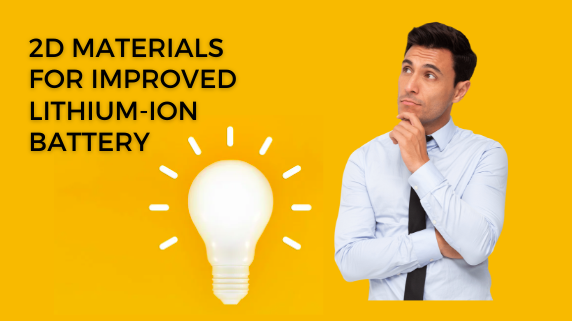Lithium-ion batteries, or Li-ion batteries, are a type of rechargeable battery that has gained widespread popularity in recent decades due to its high energy density and long cycle life. These batteries are used in a variety of applications, ranging from portable electronics such as smartphones and laptops, to larger-scale applications like electric vehicles.
In this article, we will explore the history, development, and current state of lithium-ion battery technology.The history of lithium-ion batteries can be traced back to the 1970s, when researchers at Exxon Corporation first discovered the potential of lithium as a battery electrode material. However, it wasn't until the early 1990s that the first commercial lithium-ion battery was introduced by Sony Corporation. At the time, these batteries were primarily used in consumer electronics, as they offered a significant improvement over the nickel-cadmium batteries that were commonly used in these devices. In the years that followed, advances in technology and manufacturing processes led to an increased demand for lithium-ion batteries, and the technology quickly became popular in a wide range of applications. The high energy density of these batteries made them particularly well-suited for use in portable devices, where a compact and lightweight design is crucial. Additionally, the long cycle life of these batteries means that they can be recharged hundreds or even thousands of times before they need to be replaced.In recent years, lithium-ion batteries have also become increasingly important in the electric vehicle market. The high energy density of these batteries makes them well-suited for use in electric cars, as they allow for long driving ranges between charges. This has helped to make electric vehicles a more viable alternative to gasoline-powered cars, and has spurred rapid growth in the electric vehicle market. Despite their many benefits, lithium-ion batteries are not without their challenges. One of the primary concerns with these batteries is safety, as they have been known to catch fire or explode in rare cases. This is due to the fact that lithium is a highly reactive element, and any physical or chemical damage to the battery can cause a chain reaction that releases a large amount of energy. In recent years, however, manufacturers have made significant progress in improving the safety of lithium-ion batteries, and the technology continues to evolve to address these concerns. In conclusion, lithium-ion batteries have come a long way since their introduction in the 1990s. Today, they are a crucial component of many different industries, from consumer electronics to electric vehicles. Despite some challenges and concerns, the future of lithium-ion battery technology looks bright, and we can expect to see continued innovation and growth in this field in the years to come.
Looking from research area in this or to address limitations on it, researchers have turned to a new class of materials known as 2D materials, which have the potential to significantly enhance the performance and safety of lithium-ion batteries.2D materials are materials with a thickness of only a few atomic layers. Examples of 2D materials include graphene and transition metal dichalcogenides (TMDCs). These materials have a number of unique properties that make them particularly well-suited for use in lithium-ion batteries.One of the most important benefits of 2D materials is their high surface area. This property makes them ideal for use as battery electrodes, as it allows for a large amount of active material to be packed into a small space.This, in turn, allows for a higher energy density, meaning that the battery can store more energy in a smaller form factor.In addition to their high surface area, 2D materials also have high electrical conductivity, which allows for faster charging and discharging times. This makes them ideal for use in high-power applications, such as electric vehicles, where rapid charging and discharging is crucial. Another key benefit of 2D materials is their ability to improve the stability of the lithium-ion battery. For example, graphene has been shown to improve the mechanical stability of the battery's electrodes, reducing the risk of mechanical failure. Additionally, TMDCs have been shown to improve the stability of the battery's electrolyte, reducing the risk of chemical reactions that can cause the battery to fail. Finally, 2D materials can also help to improve the safety of lithium-ion batteries. For example, graphene has been shown to be an effective barrier material, preventing the movement of lithium ions and reducing the risk of dendrite growth, which can lead to short-circuits and fires. Additionally, TMDCs have been shown to have a higher thermal stability than traditional battery materials, reducing the risk of thermal runaway and fires.In conclusion, 2D materials have the potential to significantly enhance the performance and safety of lithium-ion batteries. By incorporating these materials into the battery's electrodes and electrolyte, it is possible to improve the battery's energy density, charging/discharging speed, stability, and safety.As research in this field continues, we can expect to see continued innovation and improvement in the field of lithium-ion batteries.

Comments
Post a Comment